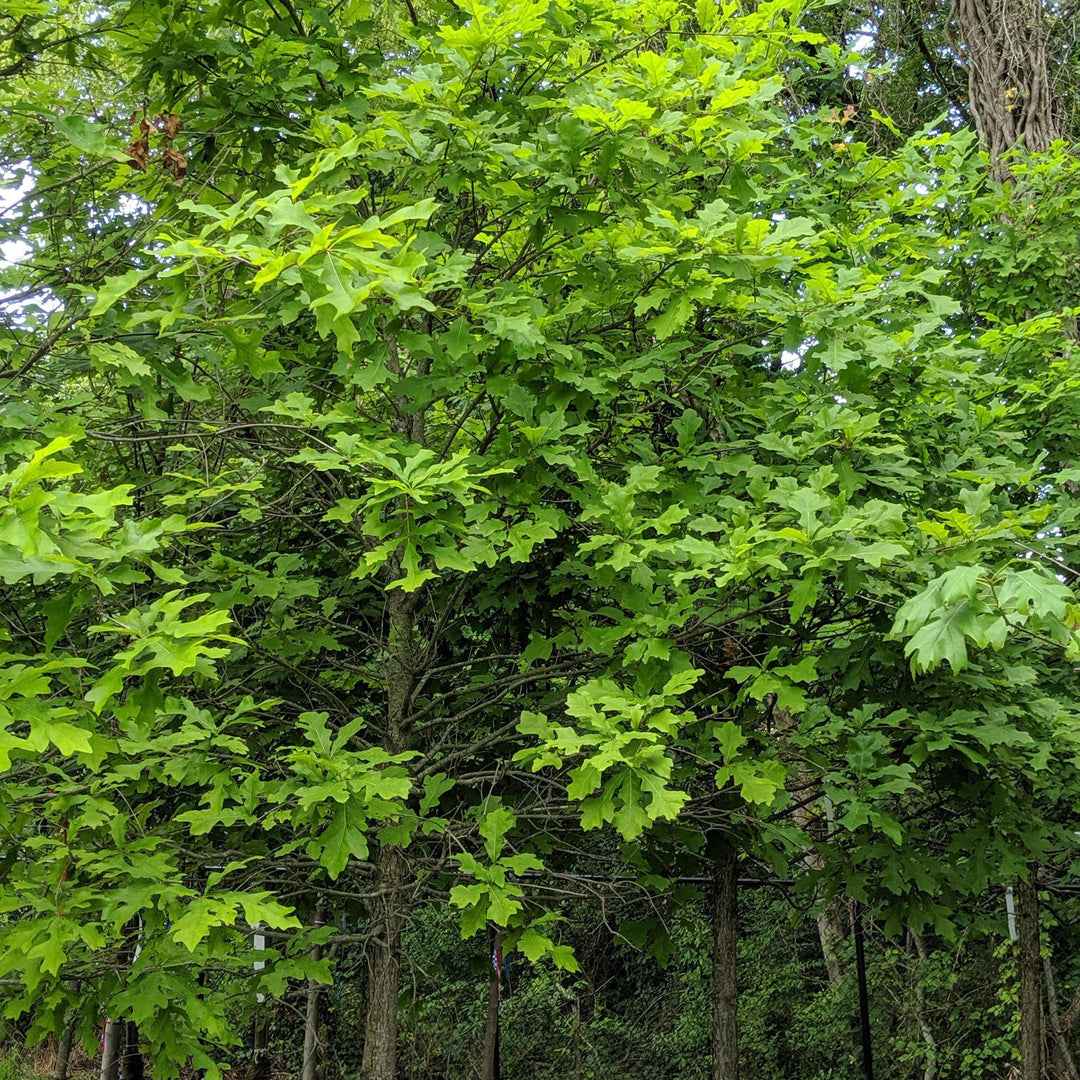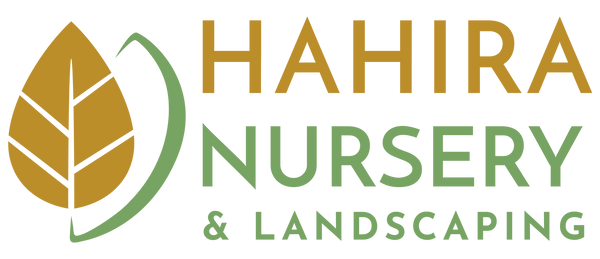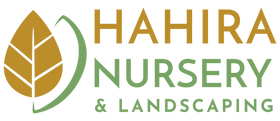
Overcup Oak
Quercus lyrata
- In stock, ready to ship
- Backordered, shipping soon
- Locally Grown
Overcup Oak is a medium-sized native deciduous tree with a broad rounded crown and straight trunk with slightly shaggy bark. The large deep lobed foliage is dark green with a fuzzy white underside that turns shades of yellow-brown in fall. The acorns have a cap that covers ⅔ of the acorn. Best grown in full sun and rich, moist, acidic well-drained soils. Tolerates wet soils.
|
Type: |
|
|
Origins: |
Southeast N. America; GA Native |
|
Height: |
40’ - 60’ |
|
Spread: |
40’ - 60’ |
|
Spacing: |
50’ |
|
USDA Hardiness Zone: |
5 - 9 |
|
Culture: |
|
|
Bloom Color: |
Green |
|
Season of Interest: |
MAINTENANCE NEEDS: Low Maintenance. Chlorosis is common in alkaline or neutral soils. Oaks are susceptible to a large number of diseases, including oak wilt, blight, root rot, anthracnose, oak leaf blister, cankers, leaf spots, and powdery mildew. Potential insect pests include scale, oak skeletonizer, leaf miner, galls, oak lace bugs, borers, caterpillars and nut weevils.
LANDSCAPE USES: Accents or Group Plantings, Borders, Woodland Gardens, Naturalized Areas, Wildlife Gardens, Privacy Screen, and Shade Tree.
COMPANION PLANTS: Magnolia, Burning Bush, Crape Myrtle
*As plants have ranges in appearance they may not appear as the images shown
Hahira Nursery takes pride in growing high-quality, fresh, healthy plants and ensuring they are delivered safely, on time, and with little to no damage so they are ready to be planted.
Despite all of our best efforts, once the plants have left our nursery, there are many variables outside of our control that can cause plants, flowers, trees, shrubs, or grasses to not thrive as they should. Plants are living organisms and are susceptible to a number of different environmental and care factors that are outside of our control.
Our goal is to build strong relationships with our customers and we always want to make things right, but we cannot always guarantee what happens once the plants are outside of our nursery, how you care for the plants, if they’re in the correct growing zones, weather damage, soil conditions, insect infestations, etc..
If you have any questions or concerns about a purchase you’ve made, please email us at info@hahiranursery.com and we will work with you on a case-by-case basis to the best of our ability.
Please note that all living organisms are not identical and their coloring, size, and shapes may differ from what you see online in our store. Each plant has its own characteristics that are impacted by the time of year, growth cycle, weather, and other elements which will cause them to look different than their photos.


